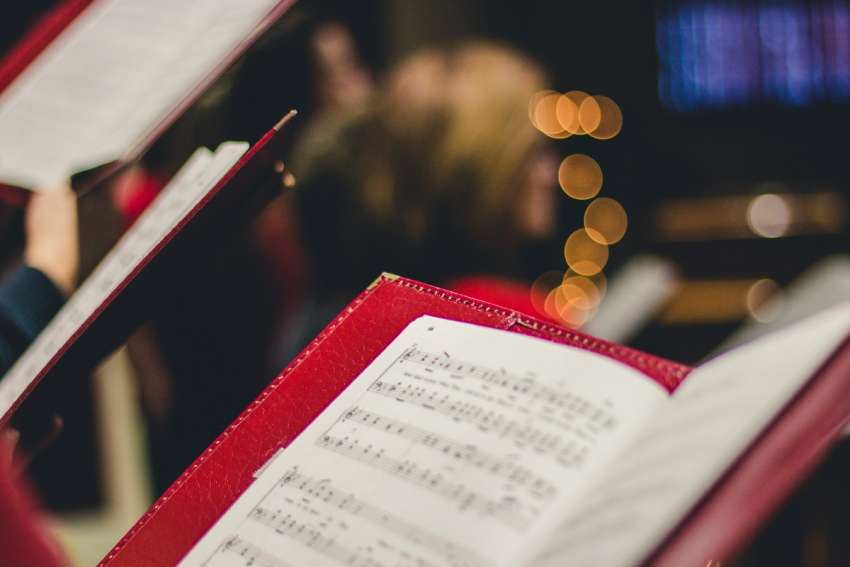Perhaps because of this traumatic history, I have always had a conflicted relationship to choirs and the music of the spheres. I became interested in the concept of the perfect note, or the angelic voice as it is described in music theory. This is a category of the vocal register often reserved for the most heavenly music — the anthems we have come to know as quintessentially liturgical and sacred. There is a frequency — 444Hz —identified as the frequency of angels. It’s a register said to open our hearts to peaceful thoughts and divine inspiration. (I have also been told that 888Hz, 999Hz and 1111Hz are celestial frequencies.)
A young singer, Malakai Bayoh, appearing on Britain’s Got Talent, got a golden buzzer for his performance of Pie Jesusung in the 963Hz frequency, producing a sound that we emblematic of the voices of famous boy choirs. Like other frequencies, 963Hz has also been called the God register, a frequency so pure that it can bring listeners to tears. It’s the register that the baroque era tried to preserve by creating eunuchs — castrati — whose voices were secured by barbaric castration practices that kept their voices ever young. The surgery was usually performed on boys under 10 years old to preserve a child’s voice in those who would grow to have an adult’s lung capacity. The last such singer, Alessandro Moreschi, who sang in the Sistine Chapel, was deliberately “retired” by Pope Pius X in 1912 in what became a successful bid to end the practice.
Whatever the assigned frequency, or however tortuous the practices have been that brought such music to life, there can be no doubt that music plays an important role in most world religions, and has always had a powerful place in Christian liturgy. We can all remember a Mass featuring Beethoven’s Ode to Joy, or more precisely Van Dyke’s modification of it as Joyful, Joyful We Adore Thee. Is anyone unmoved by Handel’s Messiah, especially the 12thmovement: For Unto Us a Child is Born? And is any work more impactful than Bach-Gounod’s Ave Maria, especially as sung in these registers?
Surely, we can all recall a moment in a Cathedral or a concert hall where the notes lifted our souls beyond the realm of the everyday, so that we felt transported beyond the mundane and ordinary. Thomas Carlyle was right when he noted: ‘Music is well said to be the speech of angels; in fact, nothing among the utterances allowed to man is felt to be so divine. It brings us near to the infinite.’
I think it’s fair to say that music is akin to prayer, the notes and spirituality glorified. Wasn’t it St. Augustine who said, ‘one who sings prays twice?’ Pope Benedict was even more succinct: ‘Music can become prayer.’ Speaking to young people, Pope Francis drew this connection, reminding them that singing is ‘an act of love, and doing so we pray with words and music, with heart and voice, with devotion and with art.’ He specifically celebrated the importance of choirs, and drew the parallel between the art of collaboration in song with the power of social harmony. A choir, he said, ‘is a school of humility,’ with the goal of creating something ‘bigger than him or her and in which all are at the service of all…. Singing well together requires effort, just as living well together requires effort.’ He concluded, ‘your singing expresses true friendship with God, with others and among yourselves … the light of your faces, and the beauty of your voices, help us to understand that it is worth it.’
Despite my not having the voice of an angel, perhaps this is why Sr. Thibeault kept me in the choir: because everyone’s voice matters — in song, and by extension, in prayer. If we think of it that way, even I can be credited with occasionally hitting the right note.


